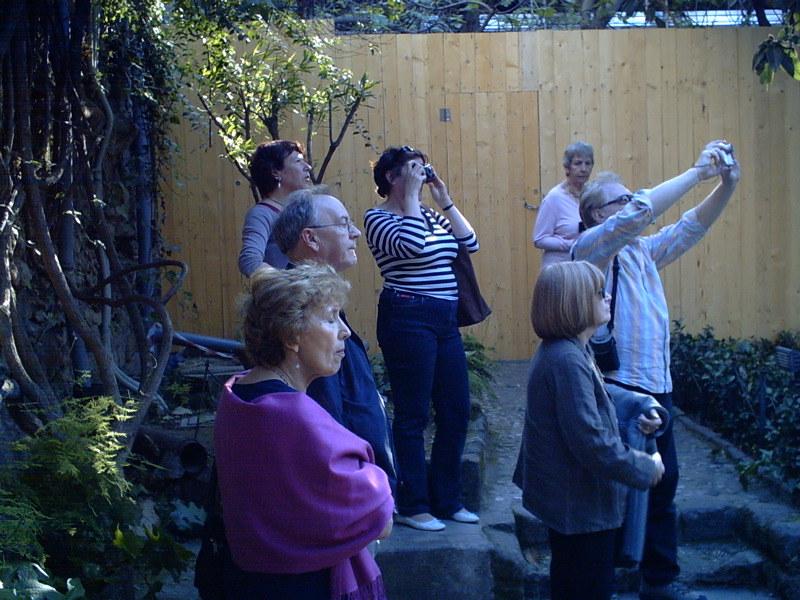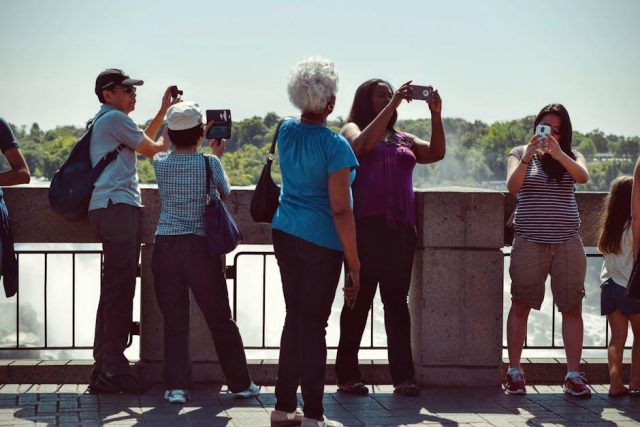In an age where travel has become more accessible than ever, the allure of historic sites draws millions of tourists across the globe, eager to walk the paths of ancient civilizations and stand in the shadows of architectural marvels. Yet, as foot traffic increases, so does the wear and tear on these priceless cultural treasures. This has sparked a thought-provoking debate: should tourists bear a greater financial responsibility to preserve the very landmarks they travel so far to see? This article delves into the multifaceted arguments surrounding this question, exploring the delicate balance between accessibility and conservation, and the role of tourism in safeguarding our shared heritage for future generations.
Balancing Preservation and Access in Cultural Heritage
Striking a harmonious balance between safeguarding our cultural heritage and providing access to it is a delicate art. Historic sites, often seen as the physical embodiment of a community’s legacy, face the challenge of wear and tear due to increased tourist footfall. Some argue that raising entrance fees for tourists can serve as a viable solution. This approach not only generates additional revenue for preservation efforts but also emphasizes the value of these sites, potentially instilling a deeper appreciation in visitors. However, this strategy raises questions about accessibility, particularly for travelers from diverse economic backgrounds, and whether it inadvertently creates barriers to experiencing the rich tapestry of human history.
Key considerations include:
- Equity in Access: How can we ensure that everyone, regardless of financial status, has the opportunity to experience historic sites?
- Funding for Conservation: Can increased fees provide the necessary funds without alienating potential visitors?
- Visitor Experience: Will higher costs lead to a more meaningful and respectful engagement with the site?
Ultimately, any decision must weigh the imperative of preserving cultural treasures against the need to make them accessible to a global audience, fostering a shared sense of heritage and identity.

Economic Impacts of Tiered Pricing for Tourists
The implementation of tiered pricing for tourists visiting historic sites can have a myriad of economic repercussions. On one hand, charging higher fees to international visitors can significantly boost revenue for site maintenance and preservation efforts, which are often underfunded. This additional income can be used to enhance the visitor experience, providing educational programs and improving infrastructure, which in turn could lead to increased tourist numbers. On the other hand, there are concerns that such pricing strategies could deter tourists from visiting, particularly those traveling on a budget, thereby impacting local businesses reliant on tourist spending.
- Increased Revenue: Higher charges for tourists can directly contribute to the upkeep and enhancement of historic sites.
- Local Economic Boost: Enhanced sites may attract more tourists, benefiting surrounding businesses.
- Potential Deterrence: Elevated costs might discourage budget-conscious travelers, affecting overall visitor numbers.
- Equity Concerns: The fairness of charging different rates based on nationality or residency is often debated.

Enhancing Visitor Experience Through Differential Fees
Implementing a differential fee structure can significantly transform the way visitors engage with historic sites. By varying ticket prices based on factors such as nationality, age, or peak visiting times, site administrators can effectively manage crowd sizes and ensure a more enriching experience for each visitor. For instance, offering reduced fees for local residents encourages community involvement and fosters a deeper connection with their heritage. Conversely, slightly higher fees for international tourists can help generate additional revenue, which can be reinvested into the preservation and enhancement of these treasured landmarks.
This approach also opens the door to a more tailored visitor experience. Benefits of differential fees might include:
– Prioritized entry times for certain groups, reducing wait times and enhancing overall satisfaction.
– Funding for exclusive tours or educational programs that delve deeper into the site’s history.
– Opportunities to support sustainable tourism by channeling funds into environmental and cultural conservation efforts.
By thoughtfully balancing the scales of accessibility and exclusivity, historic sites can maintain their allure while ensuring that every visitor leaves with a memorable and meaningful experience.

Strategies for Equitable Pricing Models at Historic Landmarks
Crafting equitable pricing models for historic landmarks involves balancing accessibility with the preservation needs of these cultural treasures. One effective strategy is implementing a tiered pricing system, which can accommodate a range of visitors. This approach might include discounted rates for local residents, students, and seniors, ensuring that these sites remain accessible to the community while still generating revenue from international tourists who might be more willing to pay a premium.
Additionally, incorporating dynamic pricing based on peak and off-peak visitation times can help manage visitor flow and reduce overcrowding, enhancing the experience for all. This model allows for lower prices during less busy periods, encouraging visits during these times, and thus distributing the load more evenly throughout the year. Furthermore, offering membership or loyalty programs can foster a deeper connection with frequent visitors, providing them with exclusive benefits and discounts, thereby promoting repeat visits and sustained engagement with the landmark.
To Wrap It Up
As the sun sets on our exploration of whether tourists should pay more to visit historic sites, we find ourselves standing at the crossroads of preservation and accessibility. The echoes of ancient footsteps remind us of the delicate balance between safeguarding our shared heritage and welcoming the curious souls eager to walk through the corridors of time. This debate, like the timeless structures it seeks to protect, is layered with complexity, each stone representing a perspective worthy of consideration. As we close this chapter, let us carry forward the conversation, mindful that the stories of our past are the foundation upon which we build our future. Whether through policy or passion, the guardianship of history remains a shared journey, inviting us all to ponder our role in the tapestry of time.
































